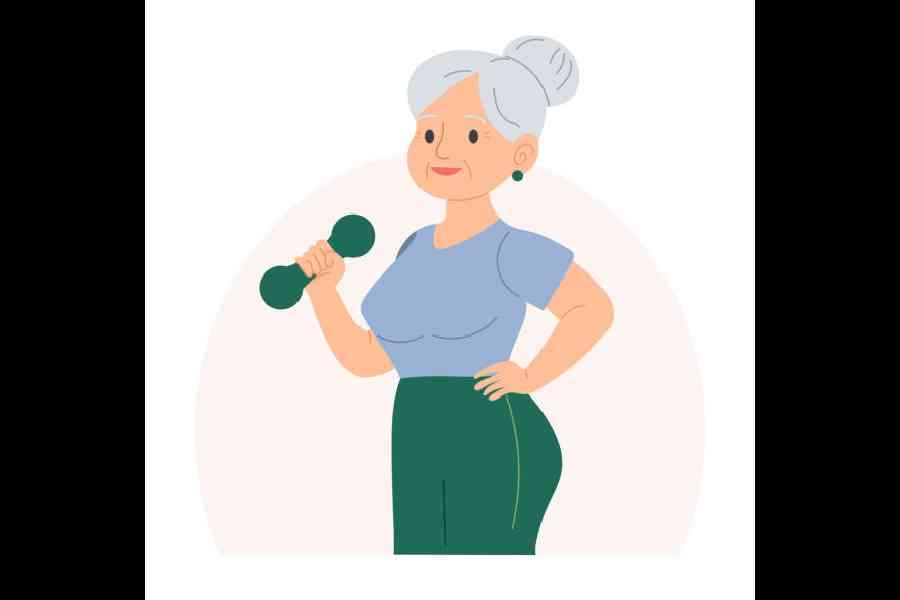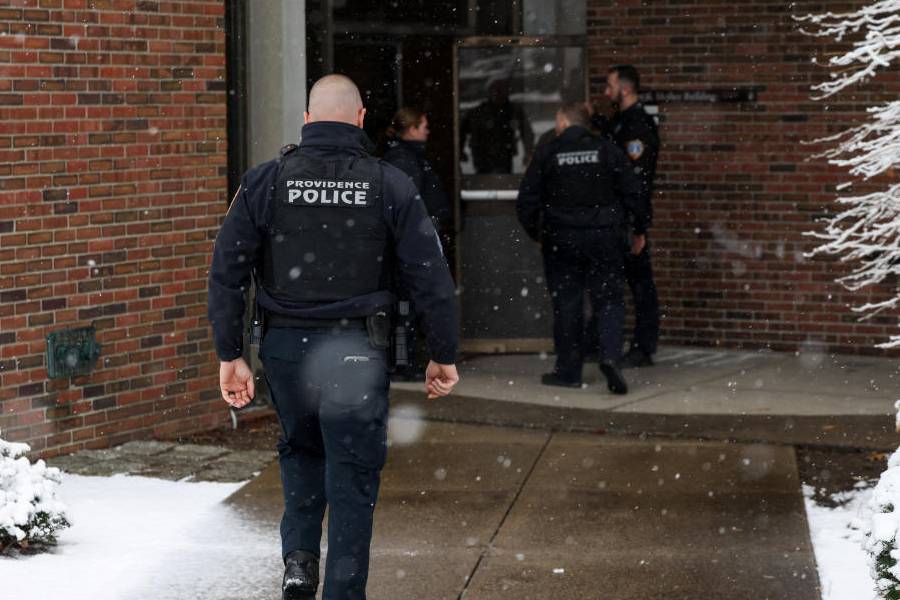q I am a 60-year-old woman and have been advised to lift weights to build muscle.
Muscle loss, or sarcopenia, begins around age 30. Adults lose three to eight per cent of their muscle mass every decade; this rate accelerates after 60. The decline occurs because the body’s ability to synthesise muscle protein decreases, hormone levels — especially testosterone and growth hormone — drop and physical activity decreases.
Resistance and weight training can slow, stop and even reverse this process. These workouts not only build muscle but also strengthen the underlying bones. Therefore, the risk of osteoporosis and fractures is reduced. Strong muscles improve balance, stability and reduce the risk of falls. Women have far less testosterone than men, so weight training will help to tone and sculpt your body, not bulk it up.
Kegel exercises
q I have a prostate problem and I am on medication. My wife asked me to do Kegel exercises. Aren’t they meant only for women?
Although Kegel exercises are traditionally recommended for women after childbirth, they benefit men as well. These exercises strengthen the pelvic-floor muscles that support the bladder, bowel, prostate and penis. When done regularly, they improve urinary control, help empty the bladder and prevent dribbling.
Gerd diet q I have gastroesophageal reflux disease (Gerd). Are there any foods I should avoid?
Foods best avoided include chocolate, onions, acidic foods like pickles and red meat. Some foods — rice, oats, ginger — and plenty of water may help reduce symptoms. Eat small meals and avoid lying down immediately after eating.
Diabetes symptoms q I am 42 years old. During a routine check-up, my fasting blood sugar was found to be 205 mg/dL, even though I have no symptoms.
Diabetes often causes symptoms such as increased thirst, frequent urination, fatigue, recurrent infections and slow-healing wounds. However, one in three people with diabetes has no symptoms at all. This is particularly common among older adults with non-insulin-dependent (type 2) diabetes. Do not ignore treatment just because you feel well. Untreated diabetes can silently damage the eyes, kidneys, nerves, heart and blood vessels.
Varicose veins q I have thick, blue bulges on the back of my legs. By evening, they cause itching and aching.
When you stand for long periods, the veins in your legs struggle to return blood to the heart against gravity. Usually, veins have valves that prevent blood from flowing backwards. When these valves weaken, blood pools in the veins, causing them to bulge. This is known as varicose veins. Varicose veins can lead to pain, swelling, burning and itching. Compression stockings can help by improving blood flow. Regular movement and exercise also aid circulation. Avoid prolonged sitting or standing to reduce strain
on the veins. If symptoms worsen, surgical or minimally invasive treatments are available.
Hairy face q I am a 28-year-old woman with a faint moustache on my upper lip.
Women can develop excess facial hair for many reasons. It may be due to hormonal imbalance, hypothyroidism, the use of steroids or as a side effect of certain drugs. It’s important to first evaluate and identify the cause before starting any treatment. Hair removal creams can be effective but need regular use. Facial skin is delicate; use only creams specifically formulated for the face. Always test a small patch of skin to check for any allergy or irritation.
The writer has a family practice at Vellore and is the author of Staying Healthy in Modern India. If you have any questions on health issues please write to yourhealthgm@yahoo.co.in











